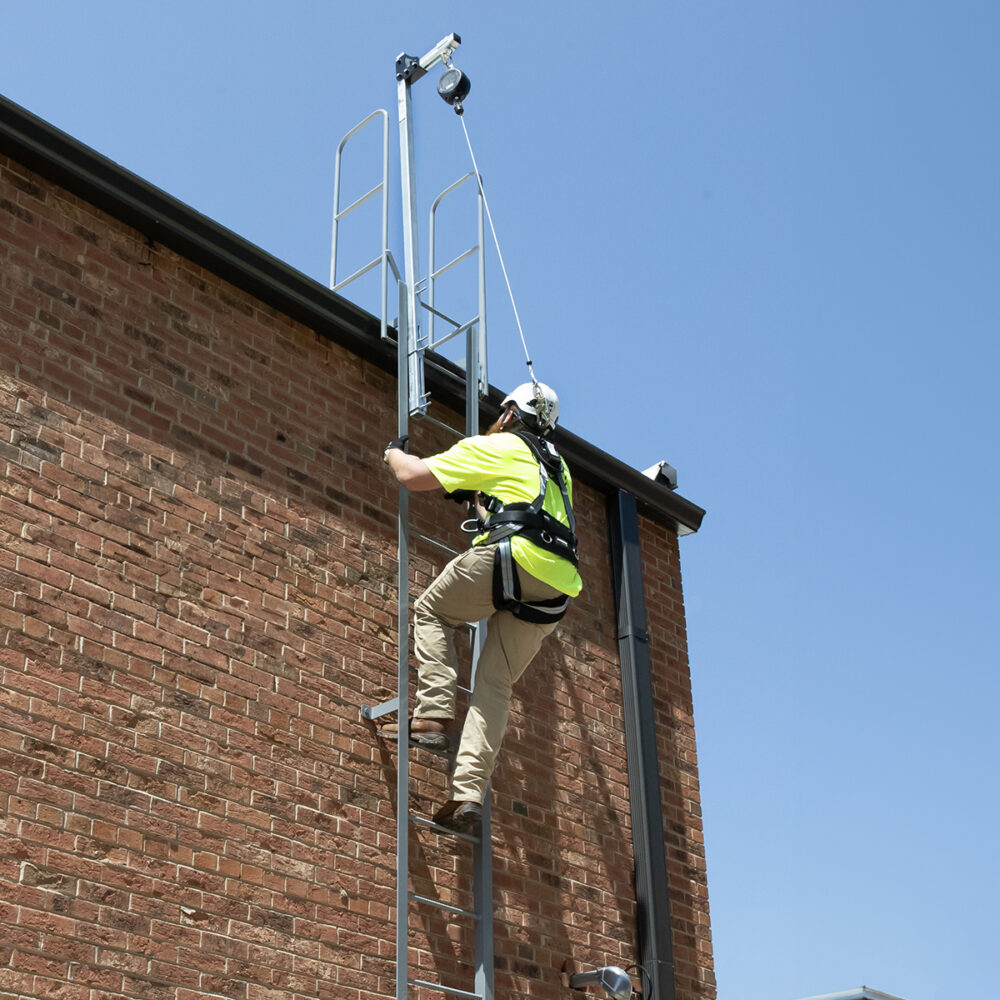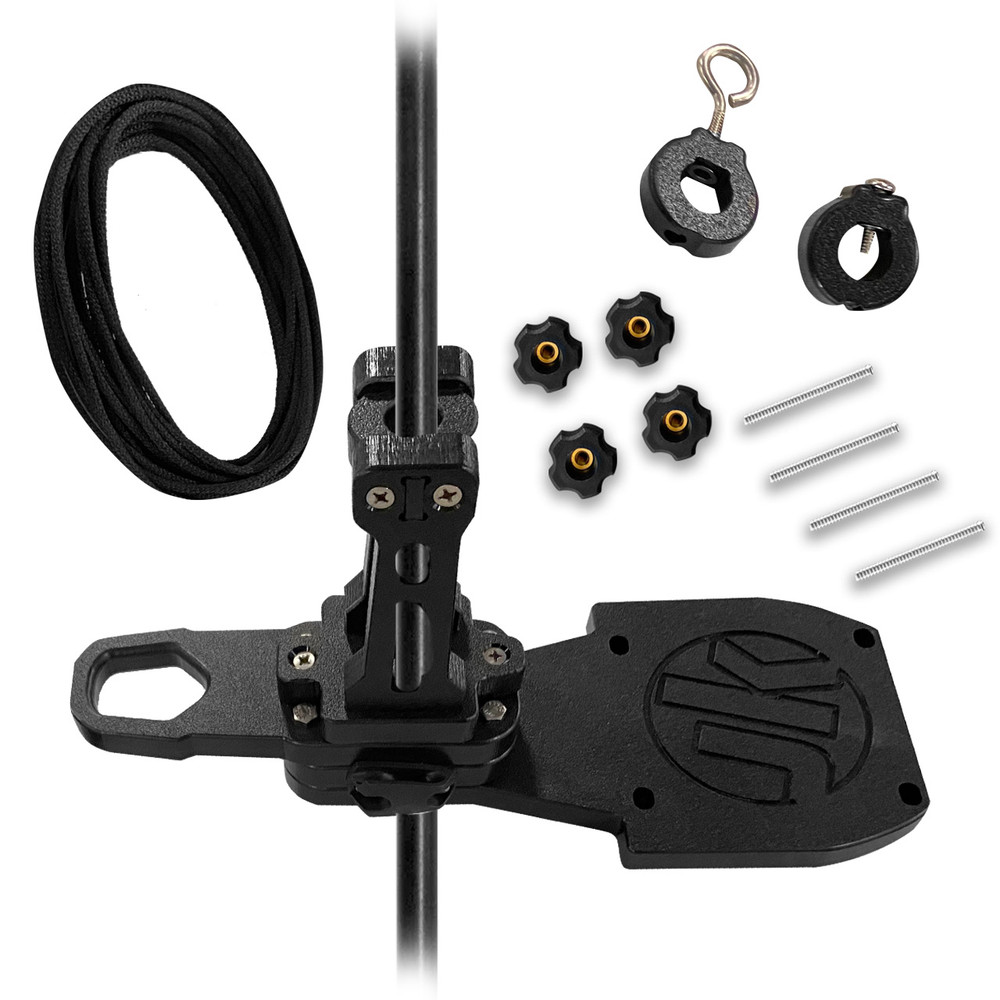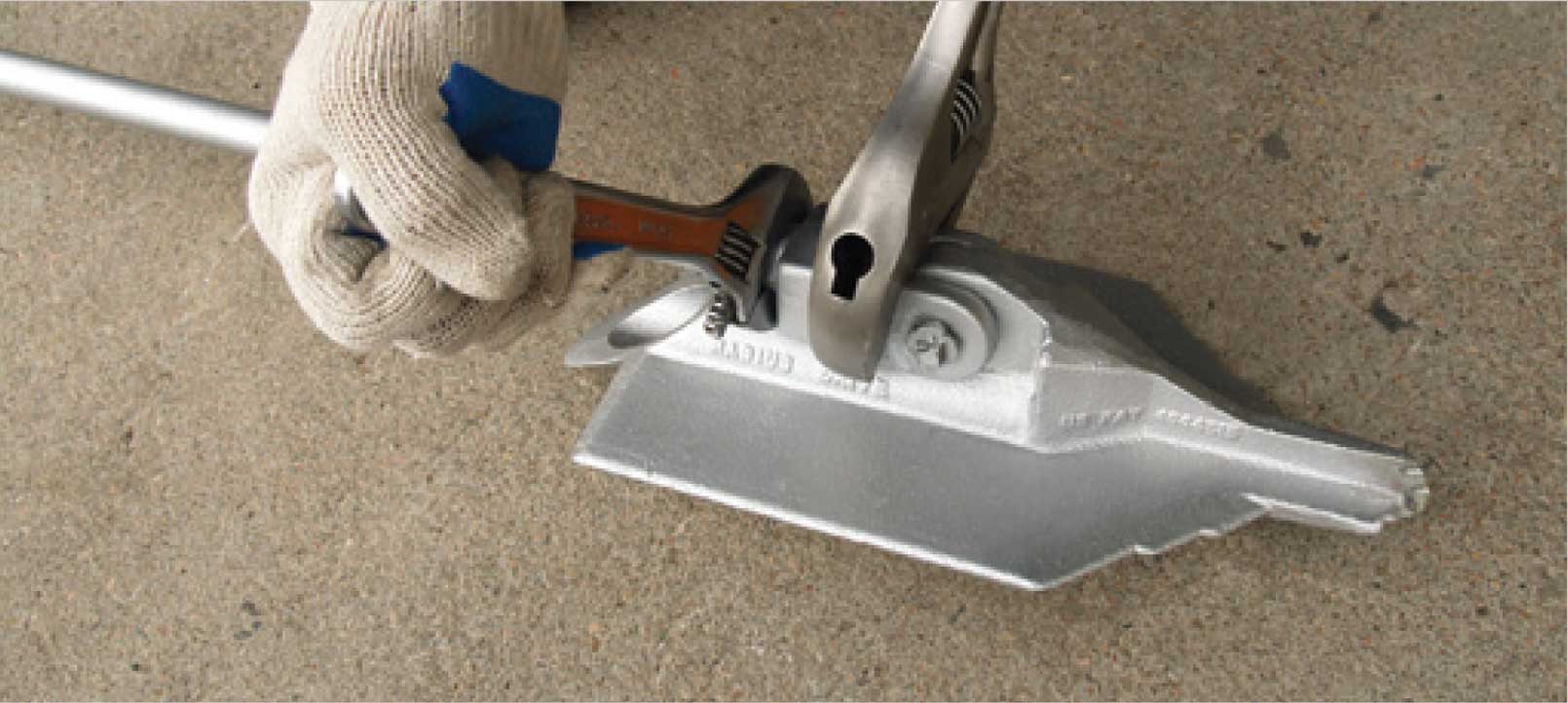Effective Support Systems Designed for Maximum Strength
The style of reliable anchor systems is vital in making certain maximum stamina and integrity across different applications, especially in marine and civil engineering. As we check out the various types of support systems and the products that underpin their efficiency, it comes to be noticeable that the future of securing innovation may hold even better innovations.
Importance of Anchor Equipments
Support systems play an important duty in different applications, from marine building to offshore exploration and even in the security of frameworks on land. In aquatic environments, anchors are necessary for mooring vessels, avoiding drift due to wind, currents, or waves.
In enhancement to aquatic applications, anchor systems are important in civil design, especially in the building of maintaining wall surfaces, bridges, and structures in geologically difficult locations. These systems help distribute tons efficiently, counteracting forces such as soil pressure and seismic activity. The importance of anchor systems expands to the sustainable energy field, where they secure wind generators and overseas platforms, adding to the security and efficiency of energy generation.
Eventually, the efficiency of a support system is essential to the safety, durability, and performance of numerous structures, making their design and implementation an important part in engineering and building techniques throughout numerous markets.
Cutting-edge Products in Anchor Design

Modern advancements in materials scientific research have dramatically changed support style, enhancing performance and longevity. The unification of composite products and high-strength alloys has resulted in anchors that can endure extreme environmental conditions while preserving architectural honesty. These cutting-edge products not only offer superior tensile strength but additionally lower weight, boosting simplicity of installation and handling.
One remarkable advancement is using carbon fiber reinforced polymers (CFRP), which supply excellent corrosion resistance and high strength-to-weight proportions. This enables for the layout of supports that are both incredibly durable and lightweight, making them suitable for aquatic applications where direct exposure to saltwater can lead to product destruction.
Furthermore, developments in finishes-- such as sophisticated epoxy and galvanization-- further safeguard metal supports from rust, expanding their solution life. These layers can be tailored to meet details ecological challenges, ensuring that anchors perform accurately even in extreme conditions.
Additionally, the combination of smart products, which can adjust to altering tons and environmental aspects, is leading the way for future support designs. These advancements highlight a trend towards higher effectiveness and integrity in anchoring remedies, eventually improving safety and security throughout different applications.
Kinds of Reliable Support Equipments
Effective anchoring solutions are vital for making certain security and safety and security in different applications, from construction to aquatic procedures. Numerous sorts of effective support systems stand apart for their performance and flexibility to various settings.
One prominent type is the screw support, which makes use of a helical style to give premium holding power in dirt and soft ground. These anchors are especially useful in short-term Visit This Link frameworks and can be quickly removed and recycled.
Another utilized system is the driven stack support, typically employed in aquatic and heavy building projects. These anchors are driven deep right into the ground, giving superb resistance to side forces, making them suitable for supporting huge frameworks.
For marine applications, the mooring buoy support system is essential. This system consists of buoyant devices connected to anchors on the seabed, allowing vessels to remain steady while reducing drag from currents and winds.
Lastly, the deadweight anchor system depends on heavy weights to provide security and is generally used in offshore installations. Each kind of support system is developed to fulfill specific needs, ensuring the security and honesty of frameworks and vessels in numerous problems.
Safety Standards and Regulations
Making sure the security and integrity of securing systems includes adherence to rigorous safety and security standards and laws. These requirements are developed by different organizations, including the American Culture for Testing and Materials (ASTM), the International Company for Standardization (ISO), and neighborhood building regulations. Conformity with these guidelines is essential to guarantee that anchoring systems can endure ecological stress and anxieties and loads, decreasing the threat of failing.
Testing and certification procedures are basic components of safety and security requirements. Anchoring systems must go through extensive assessments, consisting of look here tensile strength tests, tiredness examinations, and ecological impact analyses. These examinations help figure out the systems' efficiency under real-world conditions, guaranteeing they meet or surpass the required safety and security thresholds.
Moreover, suppliers are required to offer detailed specs and instructions for installment and upkeep, which are indispensable to upholding safety requirements. Regular assessment and maintenance protocols need to likewise be developed to identify potential weak points over time.
Future Trends in Support Innovation
The future of support innovation is poised for significant innovations, driven by the enhancing demand for enhanced safety and efficiency in building and construction and engineering applications. Innovations are anticipated in materials, design, and installment methods, which will certainly enhance the stamina and longevity of support systems.
One arising pattern is the integration of smart innovation right into support systems. Earth Anchor. By incorporating sensing units, these systems can check stress, lots, and ecological problems in real-time, allowing for proactive upkeep and enhanced integrity. In addition, innovations in composite materials might bring about lighter, yet more powerful supports that can stand up to extreme problems, reducing the overall weight of frameworks


Additionally, modular support systems are obtaining grip, permitting for simpler setup and flexibility to numerous task needs. Earth Anchor. As the market embraces automation, robotic installment methods could better improve the anchoring procedure, enhancing effectiveness and precision
Verdict
To conclude, reliable anchor systems play an important function in making certain the security and security of marine and civil engineering tasks. The consolidation of ingenious materials and progressed designs dramatically improves holding power and resistance to different environmental challenges. Adherence to security requirements and laws further emphasizes the value of integrity in anchor systems. As innovation proceeds to evolve, future trends are anticipated to Discover More Here concentrate on clever tracking solutions and sustainable products, leading the way for enhanced efficiency and durability.
The layout of reliable support systems is crucial in guaranteeing optimal toughness and reliability across different applications, particularly in civil and marine design. As we explore the different types of support systems and the materials that underpin their efficiency, it becomes evident that the future of anchoring innovation might hold even higher advancements.Making sure the safety and security and dependability of anchoring systems involves adherence to strict security standards and guidelines.In final thought, reliable support systems play an essential function in making certain the stability and safety of civil and aquatic design jobs. Adherence to safety criteria and laws better underscores the significance of reliability in support systems.